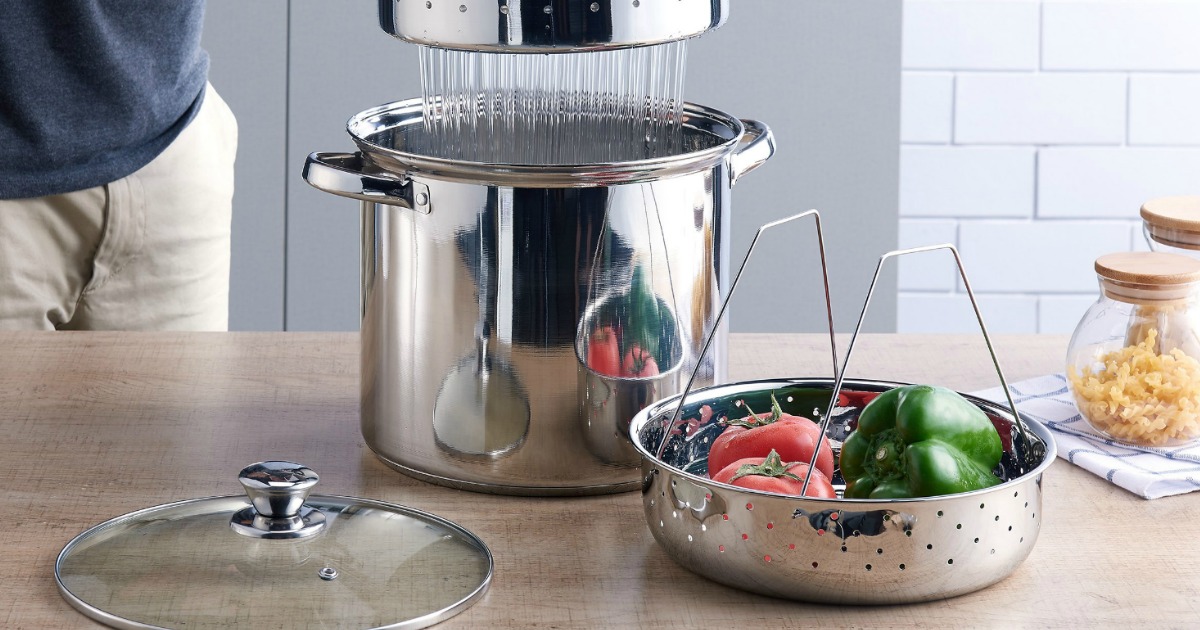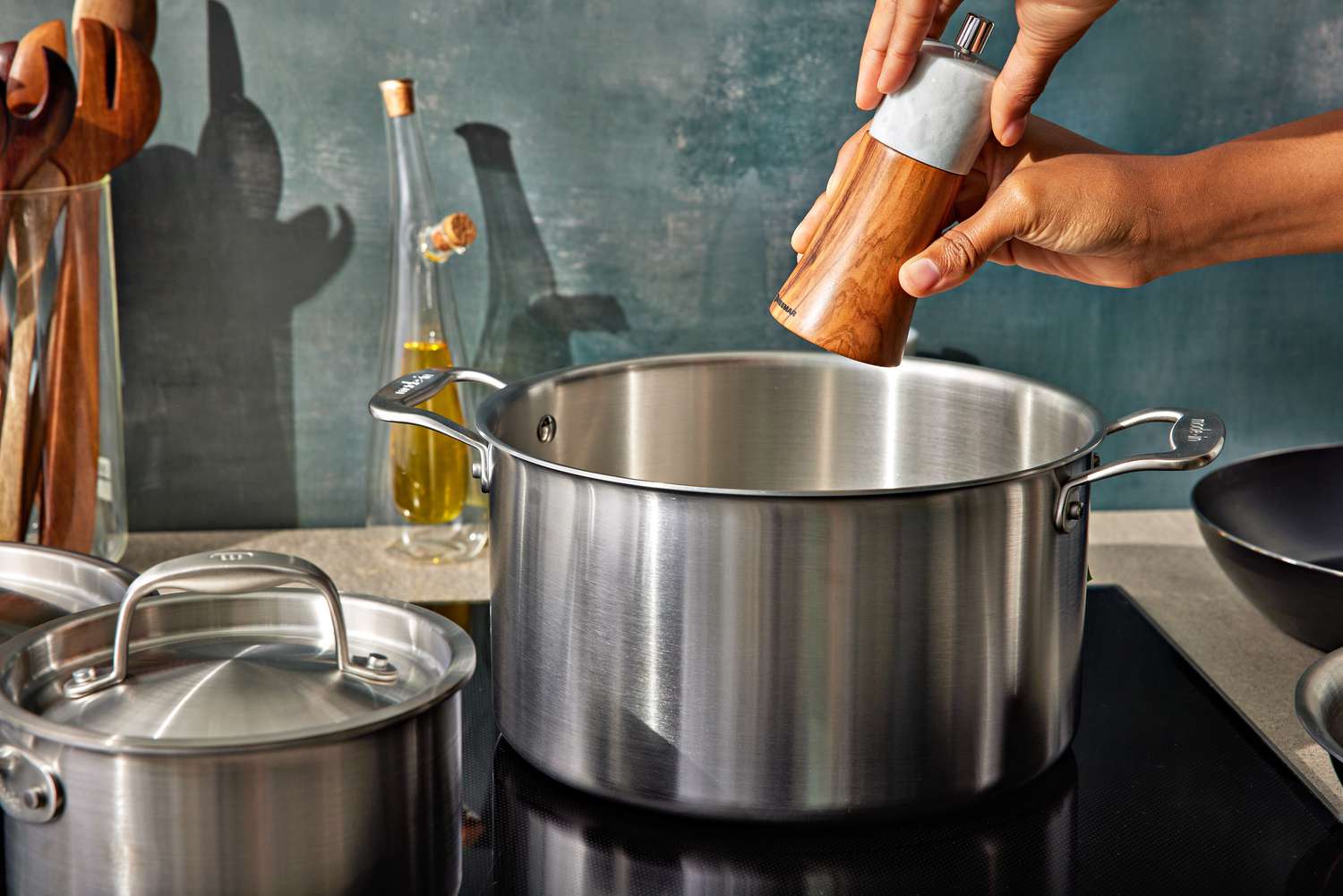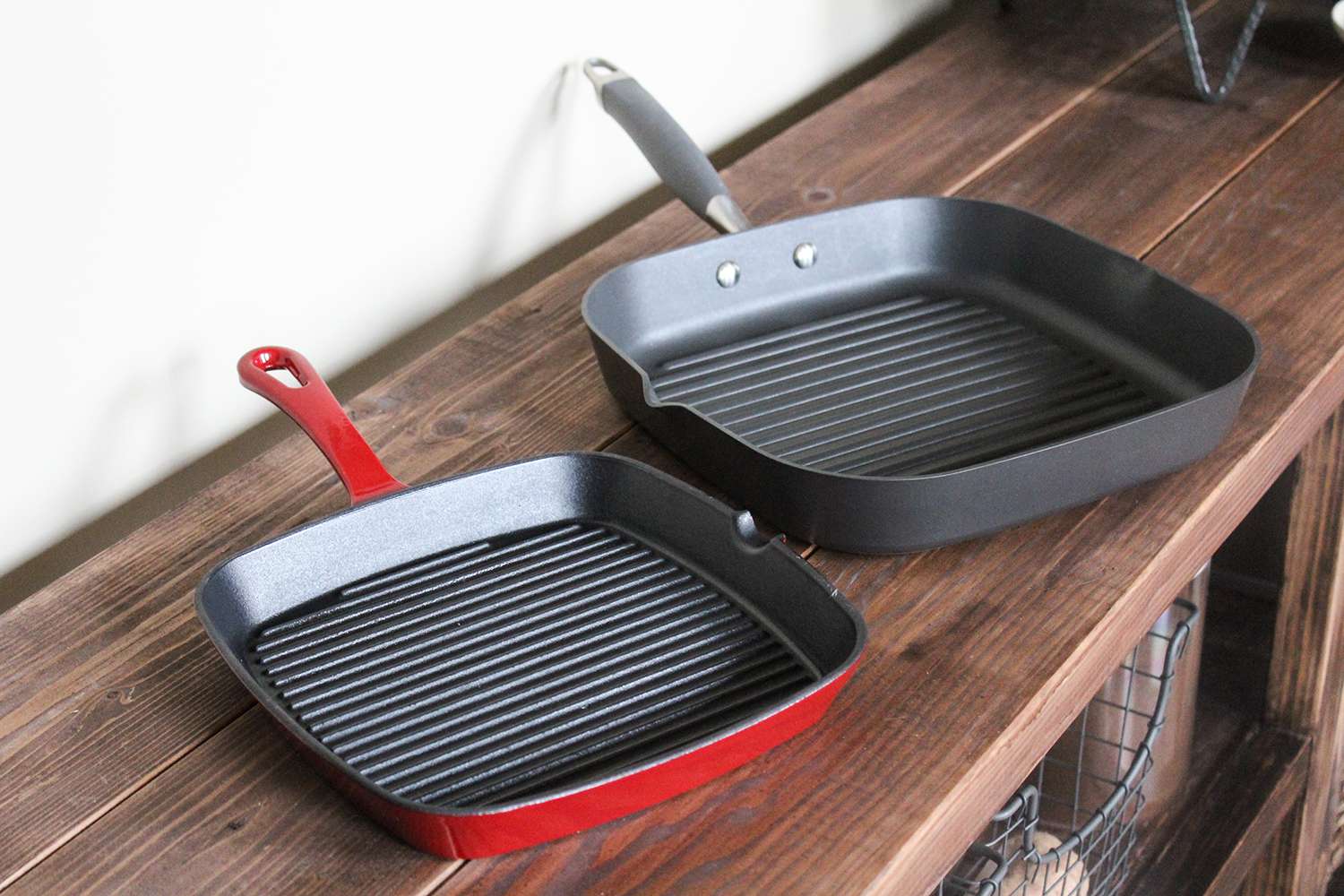Creating a rich and flavorful **vegetable stock** can elevate your dishes to new heights, and knowing how to make vegetable stock in an instant pot can save you valuable time in a professional kitchen. The instant pot is a powerful tool that allows you to extract flavors from vegetables efficiently, making it an essential asset for kitchen professionals seeking **consistency** and **quality** in their stocks.
Vegetable stock is often the backbone of many dishes, providing depth and a robust foundation without overpowering flavors. In this guide, we will delve into the intricacies of creating vegetable stock quickly and effectively using an instant pot, ensuring that your stock is not only delicious but also packs a nutritional punch.

What is Vegetable Stock and Why Use an Instant Pot?
Vegetable stock is a **flavored liquid** made by simmering fresh vegetables, herbs, and spices. It serves as a base for soups, risottos, sauces, and many other culinary creations. Traditionally, making stock can be a lengthy process, often requiring hours on the stove. However, the instant pot revolutionizes this method by significantly reducing cooking time while extracting maximum flavors.
The instant pot is ideal for creating vegetable stock as it combines pressure cooking with sauting and slow cooking functionalities. This versatility means you can achieve the depth of flavor typically reserved for long-simmered stocks in a fraction of the time.

Essential Ingredients for Vegetable Stock
The beauty of making vegetable stock is its **flexibility**; while there are common ingredients that contribute to a flavorful stock, you can adjust based on what you have on hand. Heres a list of indispensable ingredients:
- Onions: A must-have, onions provide sweetness and a base flavor.
- Carrots: Their natural sweetness balances other flavors.
- Celery: Adds depth; the classic aromatics trio is not complete without it.
- Garlic: Enhances the overall flavor with its pungency.
- Herbs: Fresh or dried herbs like thyme, bay leaves, and parsley can dramatically elevate your stock.
- Peppers and Tomatoes: For a different twist, consider adding these for color and acidity.
- Water: The most crucial component; ensure you're using filtered water when possible.

Preparation Steps for Instant Pot Vegetable Stock
Preparation is key to maximizing flavor. Follow these steps when making your **instant pot vegetable stock**:
- Chop Your Vegetables: Ensure your vegetables are cut evenly; this ensures even cooking. Common cuts include dicing onions, slicing carrots, and chopping celery.
- Saut the Aromatics: Set your instant pot to the saut function. Add a tablespoon of olive oil and saut onions, garlic, carrots, and celery until softened and fragrant, usually between 3 to 5 minutes.
- Add Herbs and Seasonings: Introduce your herbs and any other seasoning at this stage to infuse their flavors during the sauting process.
- Add Water and Cook: Pour in 8 to 10 cups of water (depending on the desired volume of stock). Secure the lid on the instant pot, ensure the valve is set to sealing, and select the manual/pressure cook function for 30 minutes.
- Release Pressure: Once cooking is complete, allow for natural release for 15 minutes before switching to quick release.
- Strain the Stock: Carefully remove the lid and strain the vegetable stock through a fine-mesh sieve to separate the liquid from the solids.
- Cool and Store: Let the stock cool to room temperature before transferring it to containers. You can store it in the fridge for up to a week or freeze it for longer shelf life.

Tips for Perfecting Your Vegetable Stock
- Variety of Vegetables: Dont hesitate to add scraps or leftover vegetables. Just ensure they are still fresh.
- Control the Salt: Adding too much salt can overpower the stock; its better to season dishes individually when using the stock.
- Additional Flavor Boosters: Consider adding a splash of soy sauce or miso for added umami.
Common Mistakes to Avoid When Making Vegetable Stock
Even seasoned professionals can falter. Here are some common mistakes to steer clear of:
- Using Only One Vegetable: A single-vegetable stock lacks depth; always mix various veggies.
- Not Browning the Veggies: Sauting vegetables enhances flavors. Dont skip this step!
- Cooking Too Long: Overcooking can lead to bitter flavors, so stick to the recommended cook time.
Uses for Vegetable Stock in the Kitchen
Vegetable stock is incredibly versatile. Here are some professional applications:
- Soups and Stews: A base for hearty vegetable soups.
- Cooking Grains: Use it instead of water for added flavor.
- Sauces: Forms the backbone for rich, complex sauces.
Storage Solutions for Vegetable Stock
Proper storage will ensure your vegetable stock maintains its flavor and quality. Here are some ideas:
- Freezing in Portions: Use ice cube trays to freeze stock in small portions for easy use in future recipes.
- Label Containers: Always date your stored stock to keep track of freshness.
Conclusion
Knowing how to make vegetable stock in an instant pot is a valuable skill every chef should harness. Quick, nutritious, and flavor-packed, vegetable stock is an essential component that can enhance countless dishes. Incorporating this method into your kitchen repertoire will not only improve your cooking efficiency but also the overall taste and quality of your meals.
For more insights on kitchen essentials, check out how to use a stock pot or learn how to make turkey stock. Also, you could see what the role of a stock pot entails in your cooking endeavors.
Frequently Asked Questions
1. Can I use frozen vegetables to make stock?
Yes, frozen vegetables can be used. Just ensure they are free from ice crystals for best results.
2. How long can I store homemade vegetable stock?
Homemade vegetable stock can be refrigerated for up to a week. Alternatively, it can be frozen for several months.
3. What vegetables should I avoid when making stock?
Avoid strong-flavored vegetables like cabbage and Brussels sprouts, as they can overpower the stock.
As an Amazon Associate, I earn from qualifying purchases.






Leave a comment
This site is protected by hCaptcha and the hCaptcha Privacy Policy and Terms of Service apply.